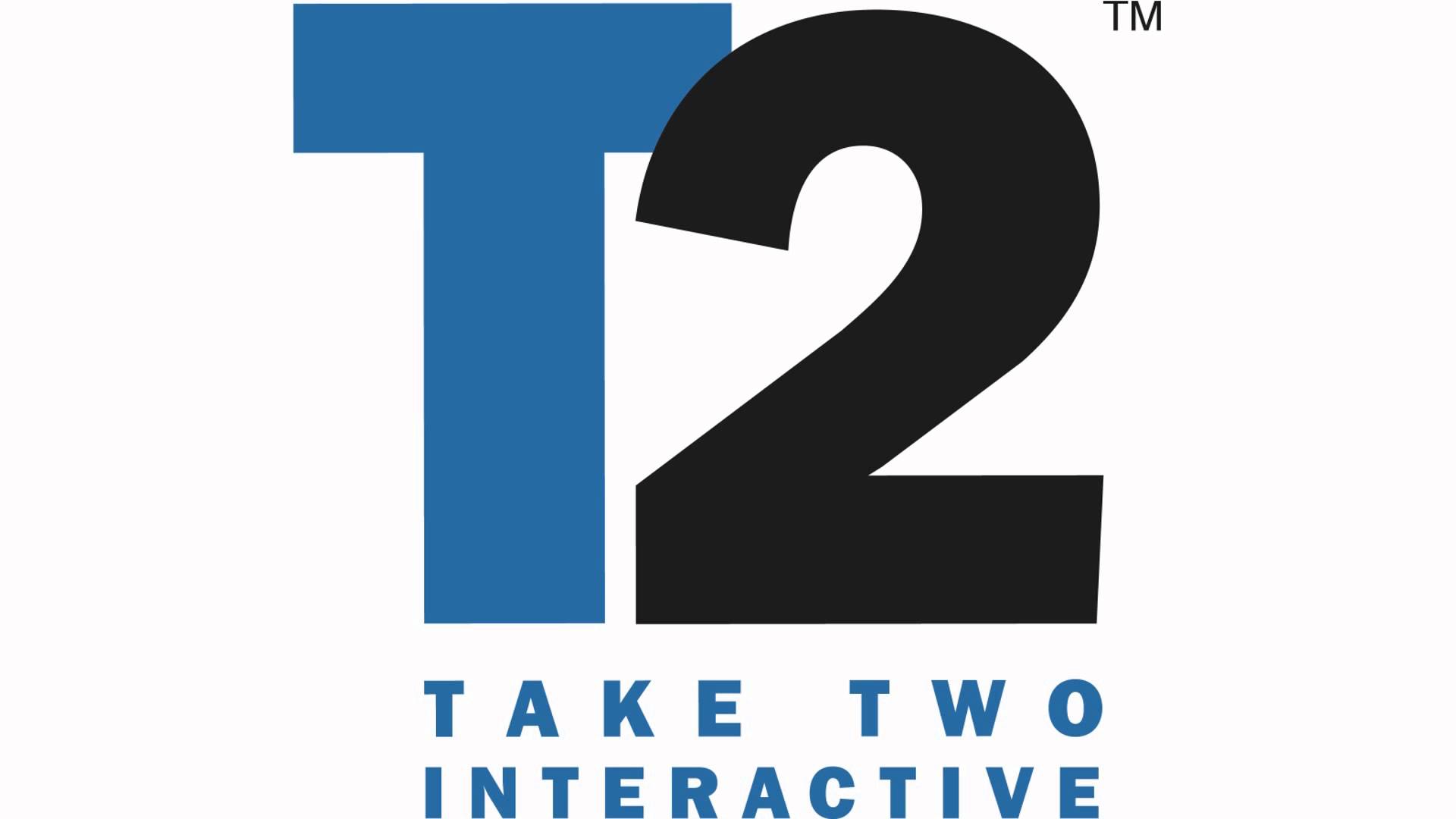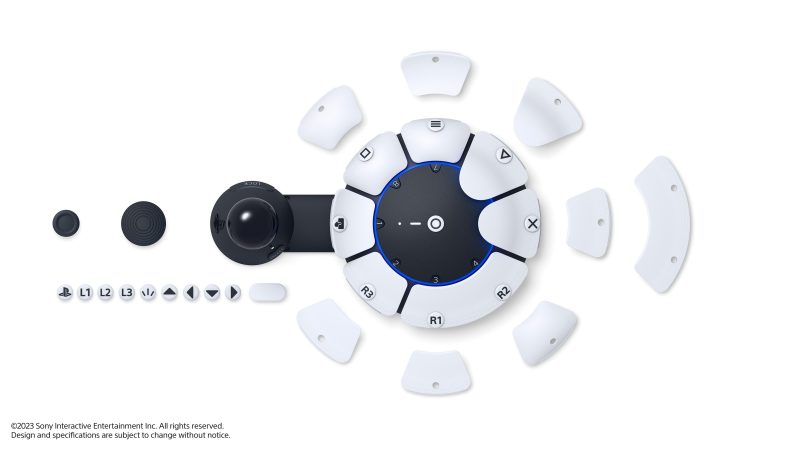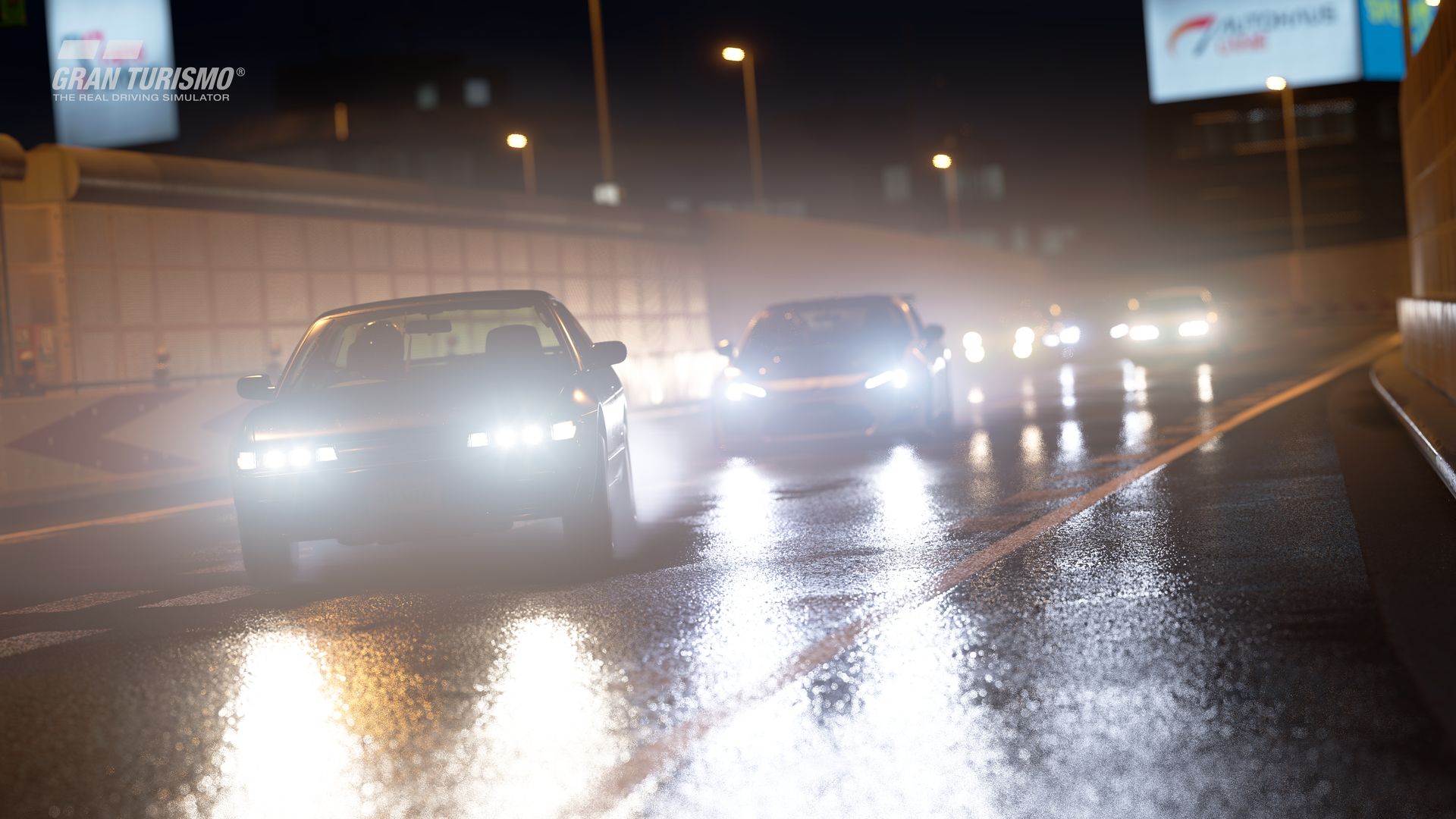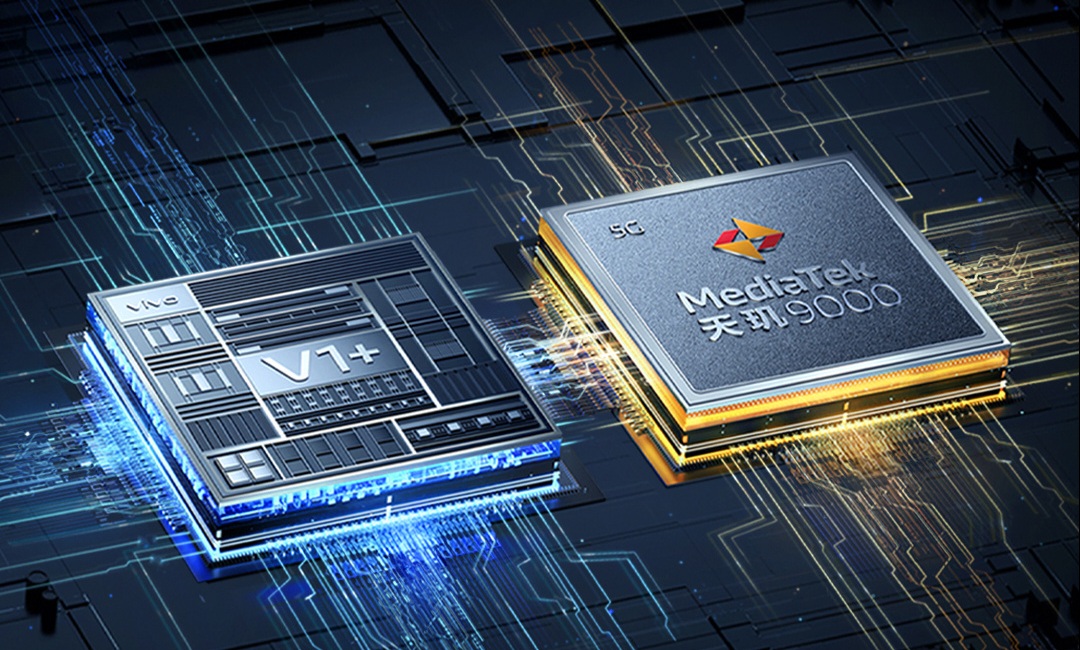
Vivo V1+ and Dimensity 9000
Before the launch of the X80 Series’ flagship phones, Vivo held the X80 series media communication meeting. In this meeting, Vivo dramatized some of the details of the X80 series.
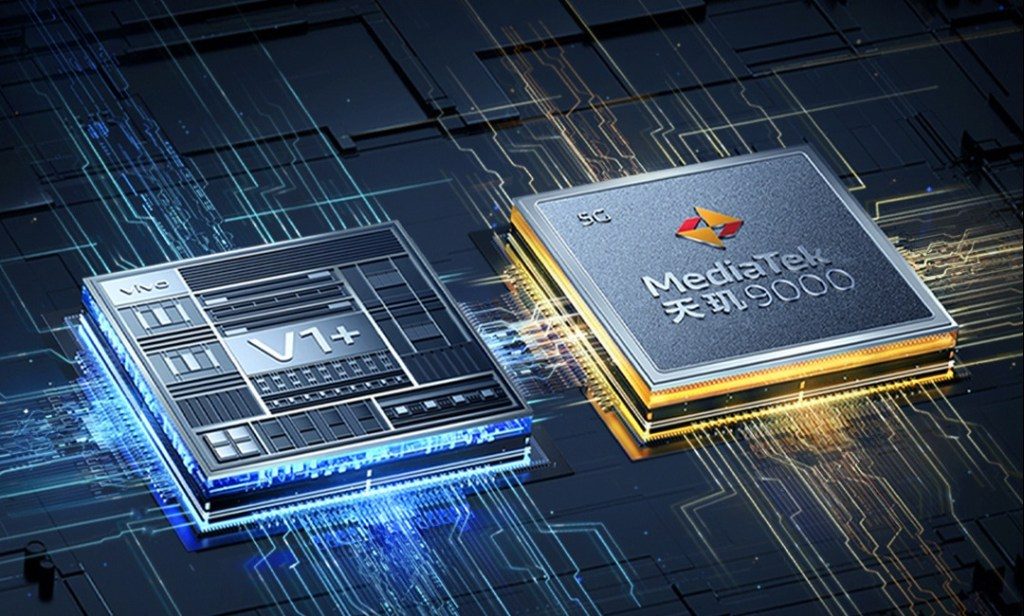
The machine is equipped with MediaTek Dimensity 9000 flagship processor, the machine’s AnTuTu comprehensive score reached 1072221 points, is the best score of the Dimensity 9000 platform, can be called the king of Dimensity 9000.
In addition, X80 Series will also debut the Vivo V1+ self-researched ISP chip, which hardwareizes the three algorithms of 3D real-time stereo night scene noise reduction, MEMC frame insertion, and AI super score.
With three major features of good scheduling, fast speed, and high energy efficiency, its data throughput speed can be efficiently maintained at about 8GB/s; combined with SRAM, energy efficiency is improved by about 300% and reduces power consumption by approximately 72%.
Vivo X80 Series and Dimensity 9000
To improve the energy efficiency ratio of the Dimensity 9000 platform, Vivo used algorithms to adjust the CPU resource allocation strategy to reduce heat generation, and solved the problem of probable performance fluctuations after several iterations of testing, effectively improving the energy efficiency ratio of the Dimensity 9000 platform. The test results show that under the game scenario with high-performance demand, the Dimensity 9000 can extend the battery life of the game by 10%.
To bring users a smoother and longer utility experience, Vivo has established a complex “user scenario fluency model”, optimized the allocation of computing power and increased the priority of dynamic tasks to improve the overall animation fluency by 50% in high-load scenarios; and effectively solved the problem of CPU resource seizure and idleness by designing a high concurrent computing mode.
The problem of CPU resource seizure and idleness is effectively solved by designing a high concurrent computing mode, which greatly optimizes the speed of continuous application startup; a new memory resource management scheme is adopted to establish virtual cache units to enhance data processing speed and improve the overall fluency of user usage scenarios, realizing an anti-aging fluency experience of up to 36 months – allowing high performance and low power consumption to achieve.
Through the joint efforts of both parties, the Dimensity 9000 achieves a higher energy efficiency ratio, faster response speed, and stronger gaming experience, with a runtime score of over 1.07 million in the AnTuTu benchmark.
Vivo V1+ Introduction
Camera performance breakthrough Vivo’s chip V1+ leads the second generation of dual-core standards.
Continuously promote the hardwareization of algorithms and create the second generation of dual-core standard.
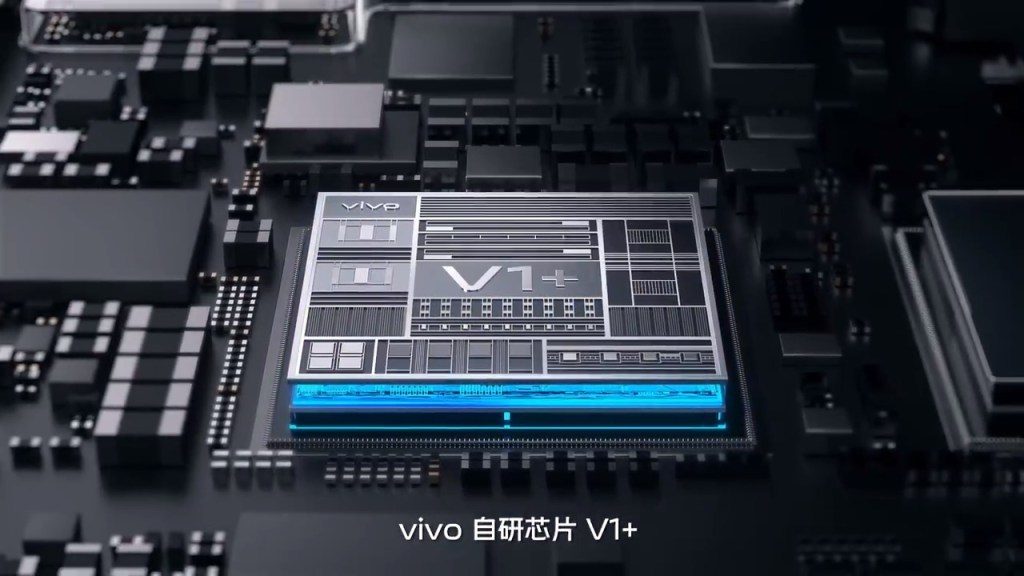
In this communication meeting, Vivo launched the second generation of self-researched chip V1+ and the second generation of the dual-core standard: not only evolving again at the camera level but also expanding the chip function to the performance and display fields, extending the support for games and video visual experience, achieving a “core” of two uses.
The Vivo V1+ hardwareizes the three algorithms of 3D real-time stereo night noise reduction, MEMC frame insertion, and AI super score. With three major features of good scheduling, fast speed, and high energy efficiency, its data throughput speed can be efficiently maintained at about 8GB/s; combined with SRAM, energy efficiency is improved by about 300% and power consumption is reduced by about 72%.
The performance breakthrough of Vivo V1+ is also reflected in the game performance. As the industry’s first technology in this communication meeting, GPU Fusion, through the AI computing capability of MediaTek APU, links the collaborative work of multiple internal and external processors to complete the rendering of game images together with GPU, releasing GPU load; meanwhile, the hardware-level frame insertion algorithm of Vivo’s self-developed chip is invoked to optimize frame rate stability, and GLT2.0 upgrade algorithm is used to multi-level split and reload threads to achieve performance and performance.
The reload threads to achieve a balanced performance and power consumption. For some hardcore gamers, Vivo has also opened the GPU Settings Panel to customize the screen display and visual experience.
Vivo V1+’s extreme night noise reduction algorithm enables motion estimation and compensation, combined with the chip’s high-speed, low-power memory management system, and the enhancement of the camera module, main chip, and Vivo’s self-researched algorithm, allows the phone to reach the imaging level of a professional-grade night vision device.
In addition to multi-platform support and in-depth tuning, Vivo also digs deeper into the capabilities of the V1+ chip to extend the blacklight night vision function to the front and wide-angle lens, covering all time, all focal lengths, and all scenes, and comprehensively improving the phone’s photo and video capabilities.
Vivo V1+ Imaging Experiences
Color
The first is color. Vivo proposes the “Vivo memory color system”: the vivid, bright, and textured vivo distinctive color, and the Zeiss natural color which pursues faithful restoration of what the human eye sees and the ultimate color accuracy performance, and carries out the whole chain of color management in four dimensions: detection, shooting, processing, and display.
Starting from automatic metering technology, Vivo launched “AI Perception Engine” technology, which integrates the experience of top professional photographers into the chip algorithm to become a visual understanding hub, correcting image information with real-time preview, improving brightness accuracy by up to 16% and white balance accuracy by up to 12% compared to traditional metering methods.
On the display device side, Vivo’s first self-researched XDR Photo technology realizes ultra-high dynamic range display of photos, which can increase the brightness of photo highlight areas by up to 350%, making the viewing experience brighter and more transparent and giving users a more immersive experience.
In the shooting session, Vivo V1+ improves Zeiss’s natural color ΔE by about 8.3% on top of the previous improvement of about 15.5% and makes Zeiss’s real color shade view more excellent by shading fine-tuning.
Portrait Mode
The second is portrait. Vivo makes technical breakthroughs in portrait shooting before, during, and after: helping users cope with complex and diverse portrait scenes using standard adaptation; launching the Zeiss portrait lens package to provide a variety of classic portrait bokeh styles, and obtaining professional quality portrait works through the portrait algorithm matrix.
This time, Vivo also launched a new AI skin quality technology, through a large amount of high-definition material and GAN generation confrontation network “special training” of AI algorithms. So that the portrait skin looks natural, healthy, and more textured, comparable to professional retouching works; texture portrait large group photo technology can present up to 30 people in a large group photo scene. The horizon photo function is a good solution to the common perspective distortion problem when shooting architecture.

The post Vivo V1+ and Dimensity 9000 In-depth Introduction appeared first on SPARROWS NEWS.
